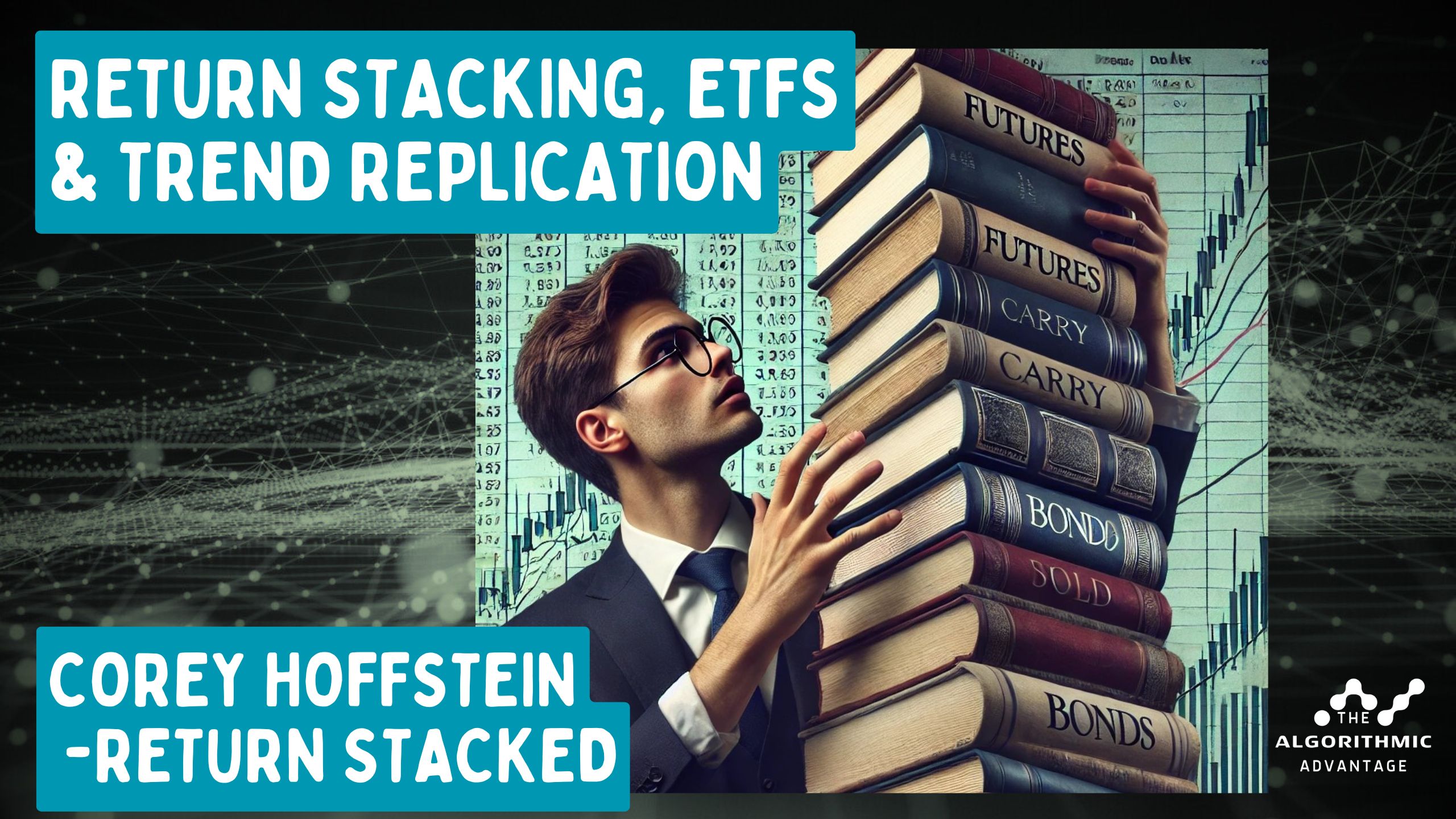027 - Corey Hoffstein - Return Stacking, ETFs & Trend Replication

Understanding Market Participants & How They Make Decisions Differently
Today we spoke with Corey Hoffstein, a well-known market practitioner with a deep and broad knowledge across quantitative trading & trend following, but also across developing investment products for wider advisor distribution. I’m super interested in almost every aspect of the financial markets, because I feel like a broad and generalist knowledge helps me make better trading and business decisions. Corey hits the nail on the head when he says that a given industry participant may be making optimal business decisions which are sub-optimal trading decisions. If we are aware of this kind of behaviour, it can help shape the way we trade. More than that, understanding market participants, infrastructure, technology, business motivations, and so on, is critical to effective trading. At a basic level, this would include knowing the exact differences between the execution of a market versus a limit order for example. It builds from there, but the point is, it doesn’t hurt you to gain more and more knowledge of how the markets ‘actually work’.
This is partially the motivation for this show. Corey (Chief Investment Officer of Newfound Research) is a smart guy, an incredible businessman and has partnered with Resolve Asset Management to co-develop the Return Stacked ETF suite, offering an innovative approach to portfolio construction. The concept behind Return Stacking builds on "Portable Alpha," an institutional strategy dating back to the 1980s. In a portable alpha strategy, investors gain exposure to a market index (beta) and "stack" an alternative strategy, like trend-following or managed futures (alpha), on top of the core allocation.
Return Stacking is a portfolio strategy that allows investors to achieve more than $1.00 of market exposure for each $1.00 invested. By layering alternative strategies like managed futures or carry on top of traditional stock and bond allocations, investors maintain their core asset exposures while introducing new, diversifying return streams. This approach enhances capital efficiency, providing the potential for better returns and improved diversification without sacrificing the foundational stock-bond mix. Nothing new to us traders who stack multiple strategies of course!
In addition to ‘return stacking’, two things I wanted to drill into with Corey included: how ETFs are constructed, listed and managed; and the process behind ‘replication’ of a futures trend-following strategy.
Strategy Replication
Return Stacked has built a model which seeks to replicate the Soc Gen CTA index (see below for the construction of that index), so as to provide investors with an ‘industry standard’ return in futures trend-following. Essentially you are regressing on industry returns to determine the primary factors that are driving said returns and generating a new strategy from that logic. It’s essentially a process of reverse-engineering. The goal of the process then is to minimize tracking error, ensuring the returns are closely aligned with the benchmark they are designed to follow.
They do this replication with a unique ‘bottom up plus top down’ approach which is extremely interesting. Essentially, the ‘top down’ aspect is the attempt to actively imitate the index returns as they are delivered (to some extent – driving while looking in the rear-view mirror). The ‘bottom up’ aspect is essentially creating a trend-following strategy that historically matches the index, and assuming it will continue to do so in future.
ETF Construction
The Return Stacked ETFs are constructed using other ETFs, futures, trend following and carry strategies. Signals need to be provided daily to the ETF administrator (such as Tidal). Liquidity considerations are imperative as the ETF administrator needs to remain fully hedged at all times, which acting as market maker to ensure there is always a bid and offer for the ETF. Importantly, ETFs cannot be capacity constrained, so any strategy you want to deploy within an ETF has to be able to be traded at significant scale.
Keeping fees extremely low is also an important factor. Netting transactions and ensuring the products are tax-effective, become key considerations. Naturally, you can't really charge a performance fee within an ETF. Not easily anyway.
Ultimately, the products that are built are the ones that the market wants, and that ‘market’ is potentially making sub-optimal investment decisions. This inefficient market then, generates opportunities for traders, liquidity providers, insurance providers and those of us who think we can trade against various behavioural inefficiencies.
Listen in to learn more of course, and if you’ve gotten this far, please do us an enormous favour and share this podcast with a friend!
May the force be with you,
Simon
The Funds which Comprise the Index Constituents of the SG CTA Index in 2024
AlphaSimplex Group (ASG Managed Futures)
AQR Capital Management (Managed Futures)
Aspect Capital (Diversified)
BH-DG Systematic Trading (Systematic Trading)
Campbell & Company (Campbell Managed Futures)
Crabel Capital Management (Crabel Gemini)
Episteme Capital Partners (Systematic Quest TR)
Graham Capital Management (Quant Macro)
Graham Capital Management (Tactical Trend A)
ISAM LLP (Vector)
John Street Capital LLP (Systematic Fund Trident)
Lynx Asset Management AB (Lynx Program Bermuda D)
Man Group plc (Man AHL Alpha)
Millburn Ridgefield Corporation (Diversified Program)
PIMCO LLC (PIMCO Trends Managed Futures)
Quest Partners (AlphaQuest – Original Program)
ROW Asset Management (ROW Diversified Program)
Systematica Investments (BlueTrend)
Transtrend (DTP/Enhanced Risk - USD)
Winton Capital Management (Diversified Macro)
Links & Resources
Quantica papers mentioned in the show.
Corey on Linked In.
Corey on X.
Return Stacked website.
Think Newfound website.
Flirting with Models podcast.
